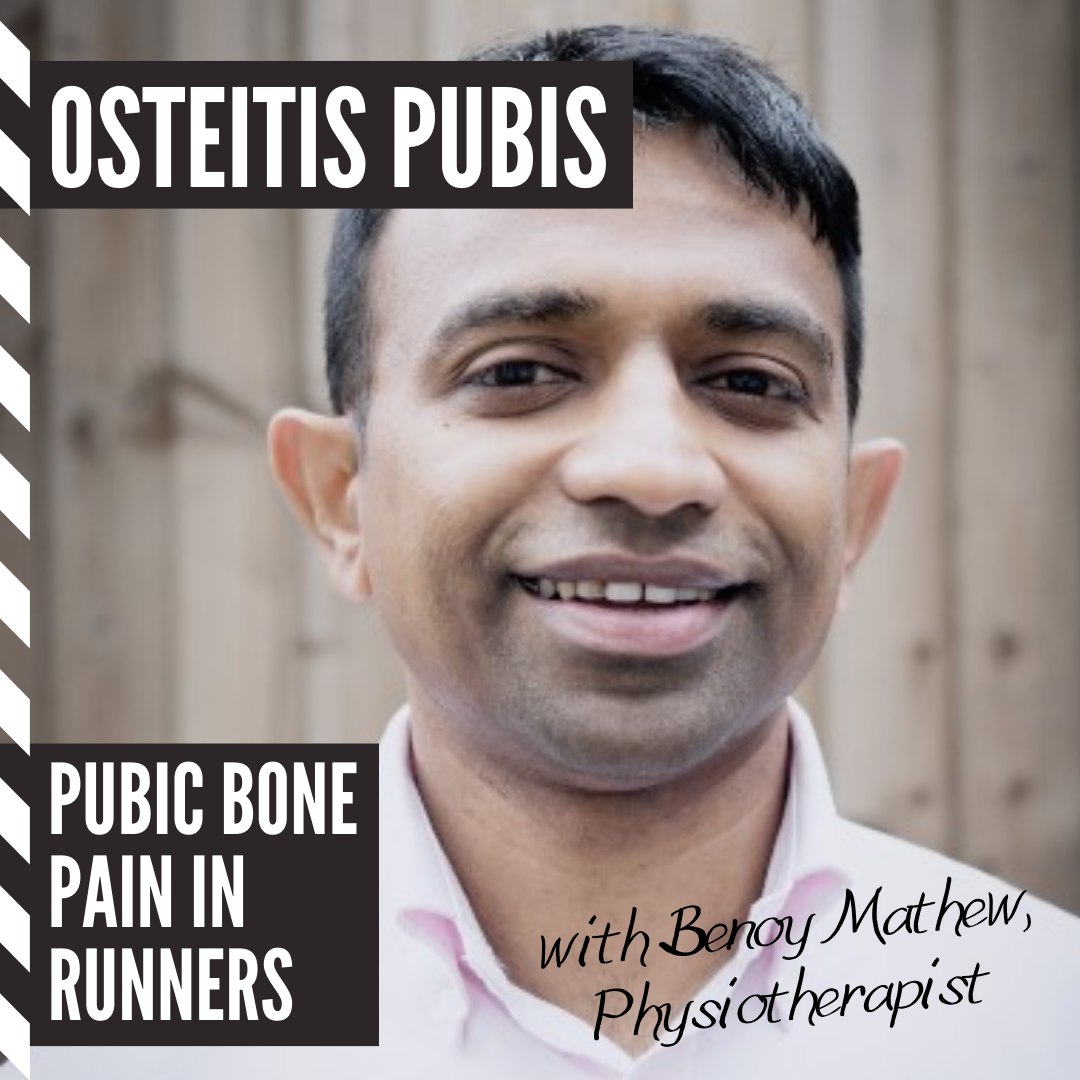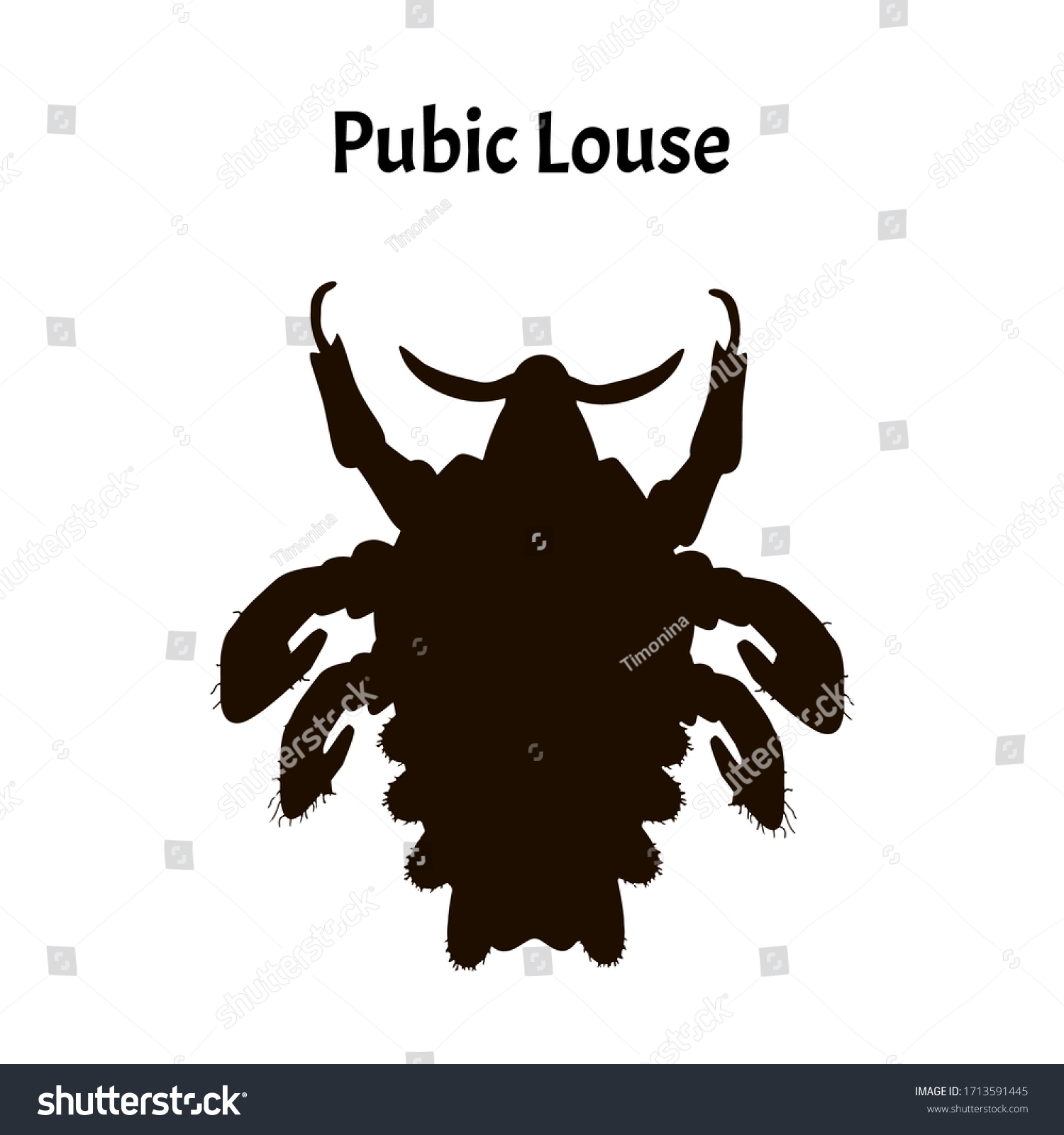Ingrown Pubic Hair Cyst, Infected, Get Rid of it, Treatment and Pictures
Table Of Content

The ingrown hair cyst usually occurs on the face, armpits, legs, and pubic area. The condition is also called shave, razor, or barber bumps. The article discusses ingrown hair cysts, their causes, risk factors, symptoms, diagnosis, treatment, and prevention. An ingrown hair cyst is the growth of the hair inside of the skin and the hair does not rise out of the skin. The condition can lead to the formation of a fluid or pus-filled sac.
Sold bump on right labia minora
They can prescribe an antibiotic or antifungal cream to help clear up any underlying infection. Cysts are typically noncancerous and can be filled with a variety of things, including fluid, tissue, or bone. In rare cases, the symphysis joint can widen too far or separate when giving birth. While it can often be treated with rest and physical therapy, sometimes surgery is needed to stabilize the joint.
Strange Bumps in the genital area
Your healthcare provider will recommend the appropriate care you need. If the ingrown hair is near the surface of the skin, a person may be able to use sterile tweezers to gently pull the hair out. A doctor will examine the area and may prescribe an antibiotic ointment. For severe infections, they may recommend oral antibiotics. If the bumps look infected, a person should make an appointment with a doctor to get appropriate medical treatment.
Itchy bumps like mosquito bites: What are they? - Medical News Today
Itchy bumps like mosquito bites: What are they?.
Posted: Tue, 20 Feb 2024 15:45:37 GMT [source]
Does anyone know what this bump could be on my Labia Minor? - Female Health Problem.
While everyone has a mons pubis, it’s often more prominent in people with a vulva. Treatment includes warm sitz baths and incision and drainage if needed. One can self-treat these with warm compresses, or if large, it can be opened up by doctor. If they are large, painful and are very uncomfortable no doubt, your doctor will be able to drain it via a small incision or prick. View the slideshow below for photos of ingrown hairs. Once the hair is near the surface of the skin, grasp the ingrown hair in the center of the loop, and gently twist both ways.
Weird light red/flesh colored bumps on my vagina? Help

Most vaginal cysts are not spread during skin-to-skin contact. Sexually transmitted infections (STIs) may be the cause of your vaginal cyst. Here are some frequently asked questions about ingrown pubic hair. It is important to avoid squeezing or picking at ingrown hairs, as this can lead to infection. Antibiotics are used to treat certain boils that develop near the vagina.
How can you prevent ingrown pubic hairs?
Looking out for your sexual health is such an important step in self-care, and you should never feel embarrassed talking to your doctor about your health. First things first, you might be curious as to what a boil on your vulva is. Put simply, a boil or furuncle is a tender, pus-filled bump on your pubic area.
What tests are done on vaginal cysts?
Osteitis pubis is usually caused by overuse or stress of the pelvic muscles or hip. In rare cases, it may be related to pregnancy, a urological or gynecological procedure, or a rheumatic condition. A person should then wash the area with warm, soapy water and pat it dry. Avoid touching the area until it has fully healed, as this can cause further irritation. Alternatively, a person could try inserting the edge of the tweezers under the loop and gently pulling it upward.
If necessary, a doctor will remove a cyst with a simple procedure. The cyst may reappear in the same location, and new cysts may develop in the future. A doctor or dermatologist will carefully examine the cyst. They may ask about medical history and additional symptoms. Pilar cysts also tend to be more common in women than in men.
How to Get Rid of Ingrown Pubic Hair
If you notice any new lumps on your vulva or inside your vagina, you should speak to your doctor. They’ll be able to rule out any serious conditions, diagnose exactly which type of cyst you have, and provide relief if you’re experiencing any pain. They might suggest that you soak the area where the cysts are in a bath at home or have your cysts drained at the clinic. Draining might sound scary, but it’s nothing to be scared of.
The most likely complication from a cyst is an infection that causes an abscess. An abscess is a large collection of pus and fluid that can cause redness, pain, and swelling. If an abscess forms, it may need to be drained in order to heal. Bartholin’s gland cysts occur when the opening to the Bartholin’s gland becomes blocked by the flap of skin that covers it, causing a fluid-filled growth.
However, sometimes even after removal, the cyst may reappear. If they’re not infected, some ingrown hair cysts can go away on their own. In some cases, there’s another underlying cause, such as a genetic mutation, which means they can develop again. If the pubic cyst is caused by ingrown hair, it may go away on its own, or your doctor can remove it.
If you have oily skin, you may occasionally develop pilar cysts. These form when sebum (oil) becomes trapped in the underlying oil glands. Trapped sebum can then accumulate, a substance that looks like thick cheese. Chemical hair removers can also be an option even though they may irritate sensitive skin. You have to Test on a small patch of the skin before using it.

Vaginal cysts are most likely to occur when a duct or gland becomes clogged, causing liquid and other materials to collect. The cause of a vaginal cyst usually determines its type. “Don’t use soap, don’t scrub, and try not to poke at it, push at it, or squeeze it. That’s just going to cause more inflammation, which causes more pain,” she says. “The simplest way to get rid of them and not to get more ingrown hairs is to just let the hair grow longer,” says Dr. Lipoff.
To remove an ingrown hair, a person should use sterilized tweezers, and only once the hair is close to the surface of the skin. Some prescription creams reduce hair regrowth, especially when used after hair removal treatments. The American Academy of Dermatology Association (AADA) suggests replacing your blade after five to seven shaves.
This article explains what an ingrown hair cyst looks like and why these bumps form. It also covers some home remedies and medical treatments for ingrown hair cysts, as well as tips for preventing them. In some cases, you may be able to see the hair at the surface of the bump. Ingrown hair cysts commonly form on the parts of the body that people shave, such as the armpits.
Comments
Post a Comment